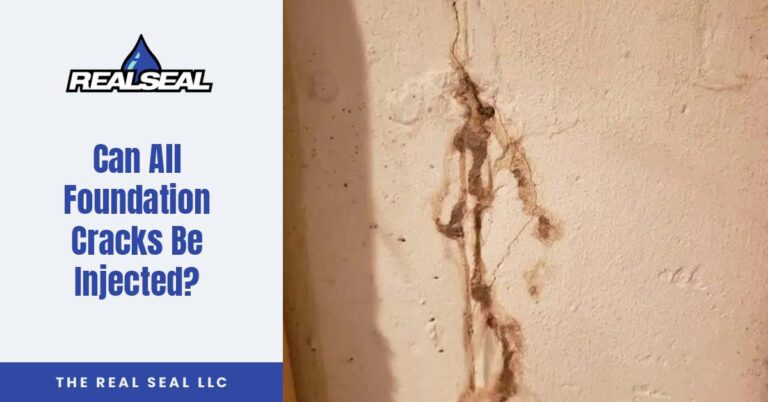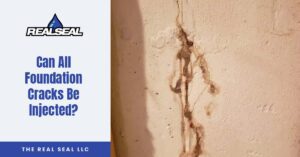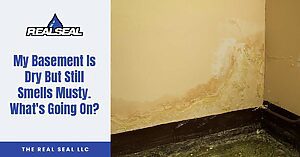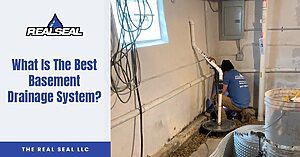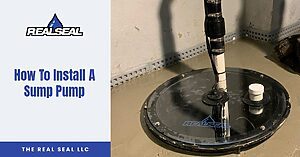If you haven’t already, check out our how-to video on our services page to see the process for injecting Foundation Cracks. The process is simple and involves a high-pressure injection of a 2-part NON-expanding Epoxy to fill the void and stop the water from flooding your basement.
However, there are certain cases where Epoxy Injection of a Foundation Crack is NOT recommended, for instance:
- When the foundation has structural concerns
- When a contractor has previously injected with Metal Ports (Big No-No)
- When someone has attempted to repair the Foundation Crack multiple times
- When it is a Cinder Block or Stone or Brick Wall
When The Foundation Has Structural Concerns
Injecting a Foundation Crack can bring a false peace of mind to a homeowner if the reason for the crack is not addressed. Many times, a structural component is tied to the crack as well. Let’s say the wall has been moving, sinking into the ground. If that movement has not been stopped, the crack will simply re-open again.
Some companies will try to sell a weaker “foam” product, with the claim that the foam will flex with the wall movement. Not a SINGLE one of these companies can tell you, with any warranty, how far the wall can move without it breaking. The truth of the matter is that if your wall is moving, a Foundation Crack Injection will NOT hold. Make sure the Foundation Issue is addressed first.
When A Contractor Has Previously Injected The Crack With Metal Ports
As implied by the “Big No-no” above, this is the absolute wrong way to inject foundation cracks. Sub-par epoxy “foam” is used, and the repairs are messy. More than one time we have had to install Interior Drain Tile Systems because cracks were leaking and we could not address them from the inside because of Metal Ports, or from the outside because of access to the wall outside.
When Metal Port Injections are used, much of the time, the entire crack is not injected. There is little way to tell if the whole crack gets filled. Worse yet, the sub-part epoxy “foam” that is used does not last, and once it starts to leak, the only option is Exterior Foundation Crack Repair or Drain Tile.
When Someone Has Attempted To Repair The Foundation Crack Multiple Times
This is a big “red-flag” for us to see a crack repaired multiple times. This usually signifies a Settlement/Wall Movement issue. The wall could be tipping/bowing inwards as well as settling into the ground. Any foundation movement will re-open a crack. It is important to evaluate the wall to ensure that a Foundation Crack Injection is all that is needed.
When It is Cinder Block or Brick Wall
Cinder Block and Brick Walls are not solid concrete, which poses multiple problems:
- Mortar Joints between the block/brick/stone wear away over time and allows water seepage into the basement.
- These repairs usually are more extensive, including Drain Tile and Exterior Wall Seals.
- Bowing/Movement of these walls is more common.
- Movement of a wall with mortar joints is much more common than poured concrete. This results in more cracking and voids for water to seep into the basement.
Regardless of the type of Foundation you have, or the issue with it, be sure to call a qualified, reputable contractor out to ensure you are addressing the correct issue. Thanks for reading, and as always:
“Not Everything’s Better When Wet!”
